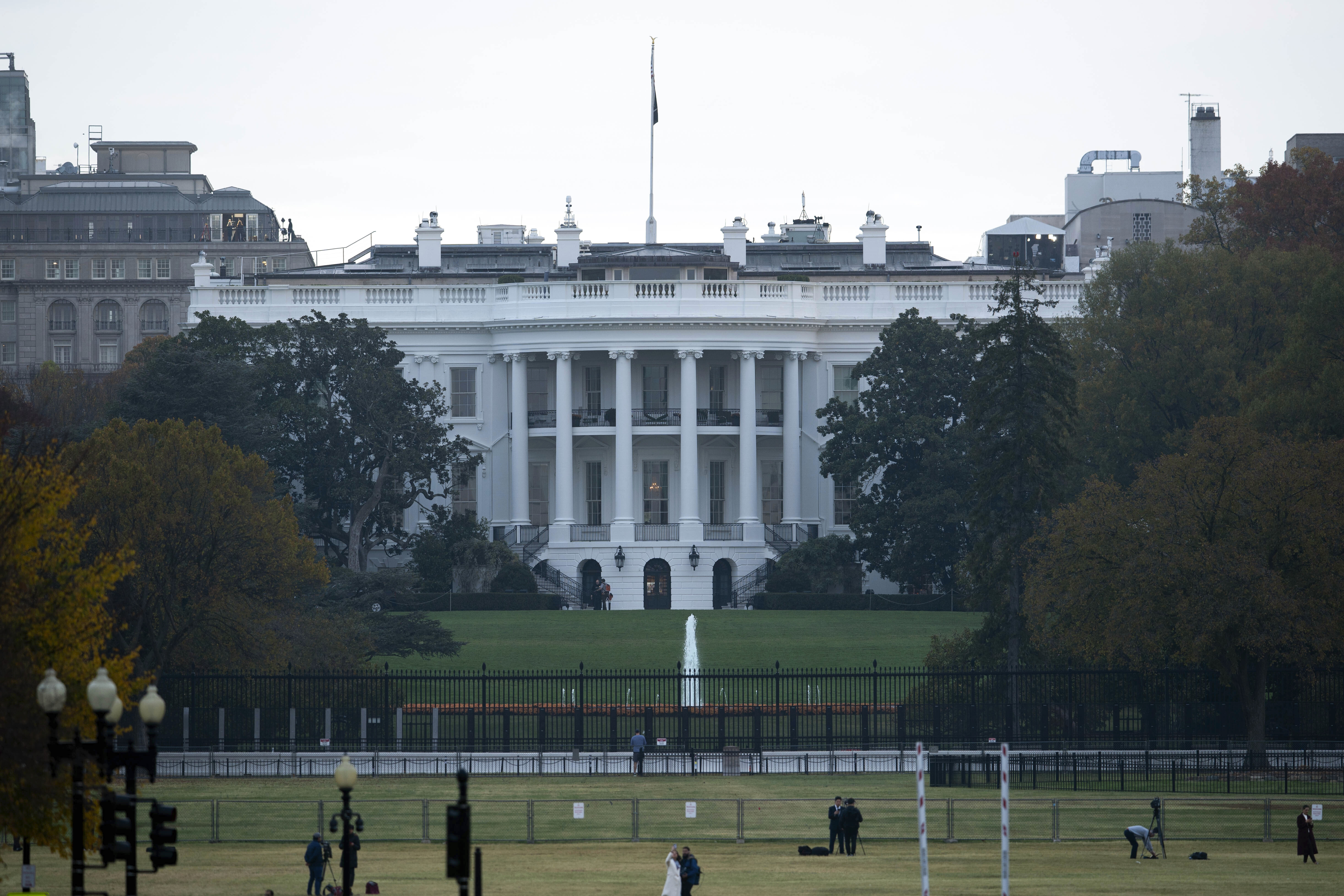
A tropical depression over Cuba is growing better organized, forecasters said Saturday, and is likely to bring drenching rain and coastal flooding to much of Florida's Gulf Coast.
The storm strengthened into a tropical depression late Friday, and is expected to become a tropical storm by Saturday night, once it has maximum sustained winds of 39 mph (63 kph) or more. If the depression reaches tropical storm status, it would be named Debby, the fourth named storm of the Atlantic hurricane season.
Circulation was centered just south of Cienfuegos, Cuba, on Saturday morning, but associated wind and thunderstorms were spread out over a broad region, including southern Florida, the Florida Keys and the Bahamas. One location in the middle of the Florida Keys island chain was reporting sustained winds of 30 mph (48 kph) on Saturday morning.
The National Hurricane Center in Miami forecasts that the depression will strengthen as it curves northward off the southwest Florida coast, where the water has been extremely warm, with temperatures approaching 92 degrees Fahrenheit (33 Celsius) this week.
Predictions show the system could come ashore as strong tropical storm late Sunday or early Monday and cross over northern Florida into the Atlantic Ocean, where it’s likely to remain a tropical storm threatening Georgia and the Carolinas early next week. Tropical storm warnings are posted for most of Florida’s west coast and the Dry Tortugas. A hurricane watch is posted for parts of the Big Bend, recognizing that there is a chance that Debby could reach hurricane status before coming ashore.
Flat Florida is prone to flooding even on sunny days when so-called king tides surge in coastal areas. This storm is predicted to push up storm tides of 2 to 4 feet (0.6 to 1.2 meters) along most of Florida's Gulf Coast, including Tampa Bay, with a higher tide of 3 to 5 feet predicted farther north in Florida's sparsely populated Big Bend region, where the Florida peninsula bends westward into the state's Panhandle region.
Get Tri-state area news delivered to your inbox. Sign up for NBC New York's News Headlines newsletter.
Tropical storms and hurricanes can also trigger river flooding and overwhelm drainage systems and the region’s canals. Forecasters are warning of 5 to 10 inches (125 mm to 250 mm) of rain, which could create “locally considerable” flash and urban flooding. Forecasters are also already warning of moderate flooding for some rivers along Florida’s West Coast.
U.S. & World
Some of the heaviest rains could actually come next week in a region along the Atlantic Coast from Jacksonville, Florida, north through Savannah, Georgia and Charleston, South Carolina.
People in some Florida cities on Friday filled sandbags to protect against possible flooding. Florida Gov. Ron DeSantis declared a state of emergency for most Florida counties, extending from the Florida Keys up through Central Florida and the Tampa Bay region and into the western Panhandle.
Meanwhile, far off Mexico’s western coast, Hurricane Carlotta continued moving westward, deeper into the Pacific Ocean on Saturday, with top sustained winds reaching 90 mph (145 kph). The hurricane center said Carlotta may strengthen a little more, but should begin losing strength on Sunday as it moves into an area of unfavorable winds and drier air. The storm is likely to dissipate into a remnant of thunderstorms in three to four days. No watches or warnings are in effect.
___
Associated Press photographer Chris O’Meara in Tampa contributed to this report.



